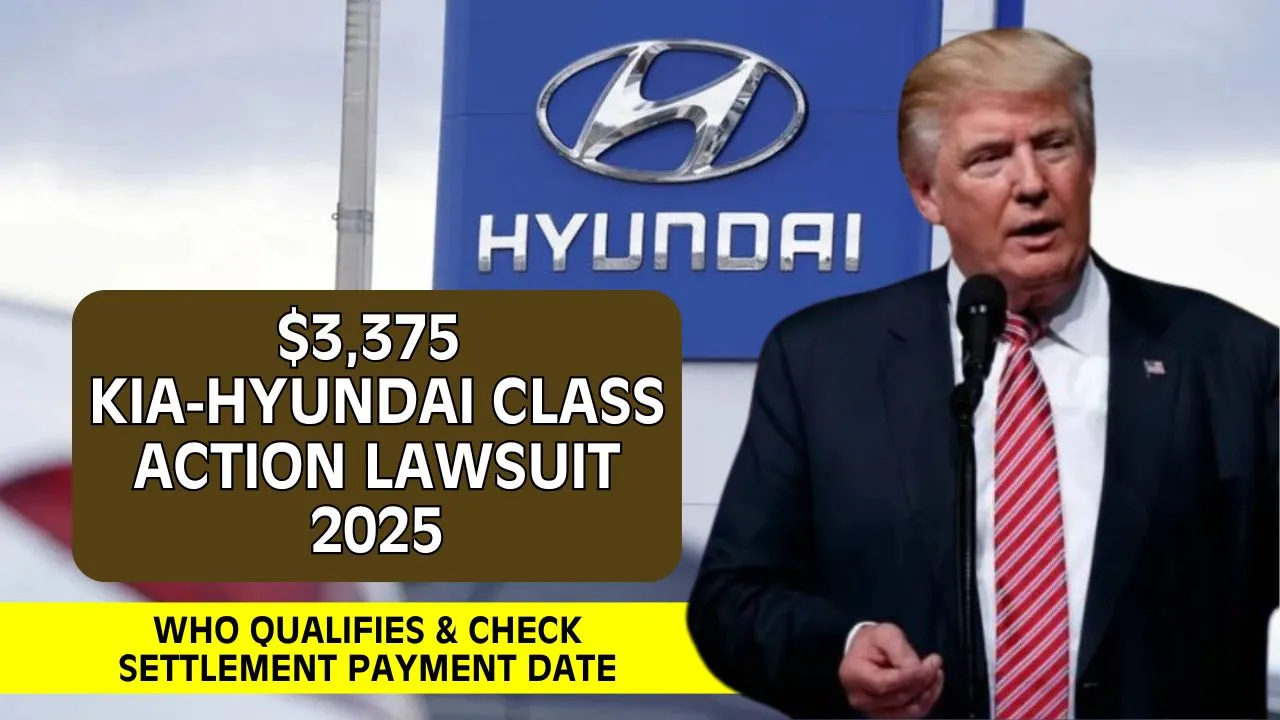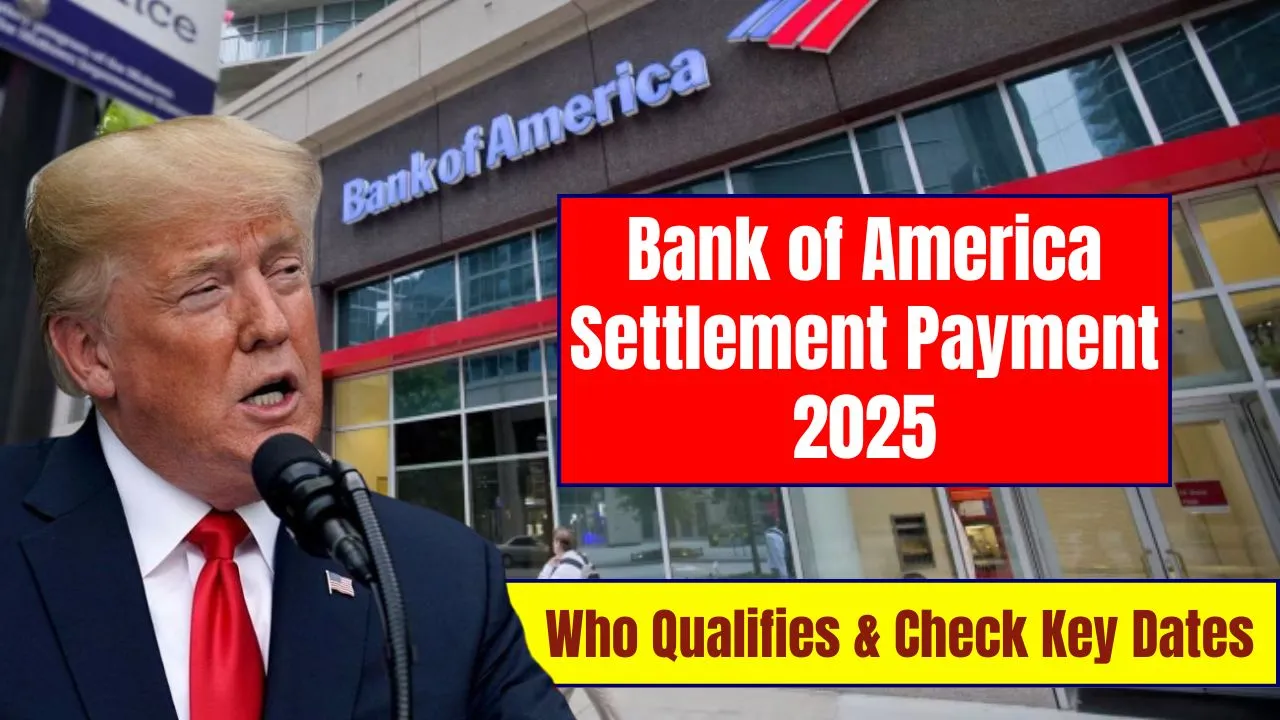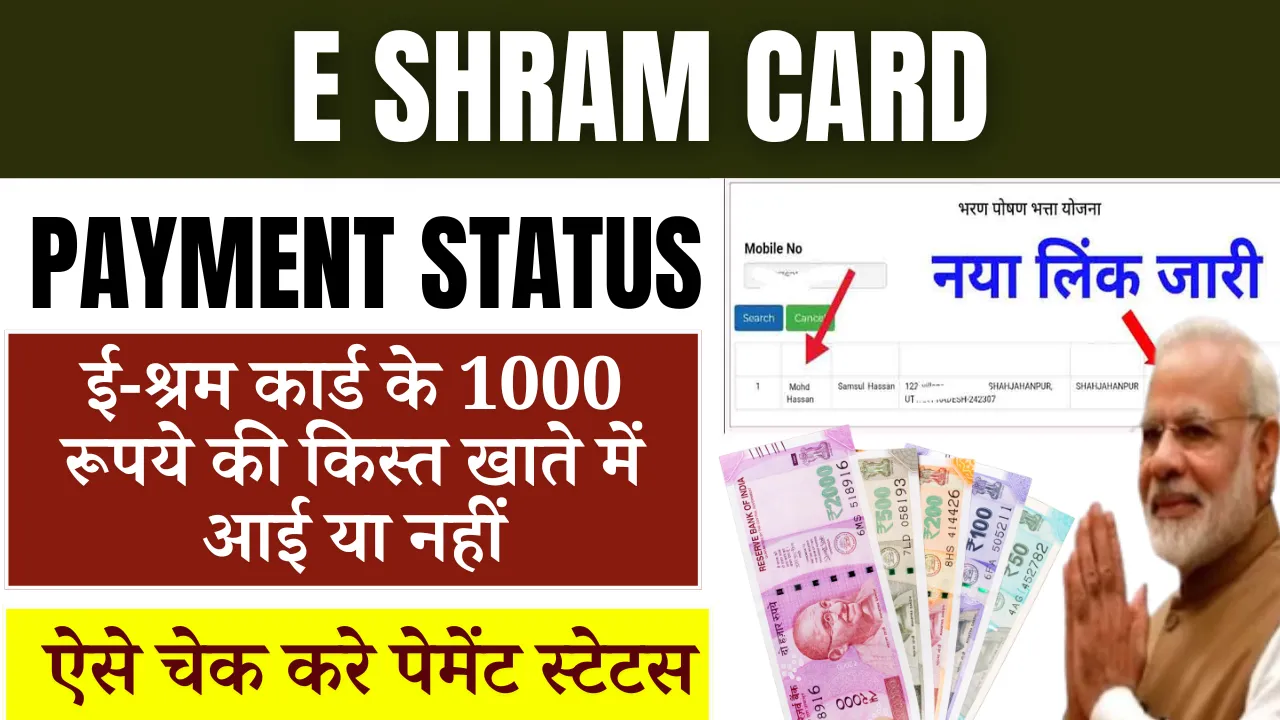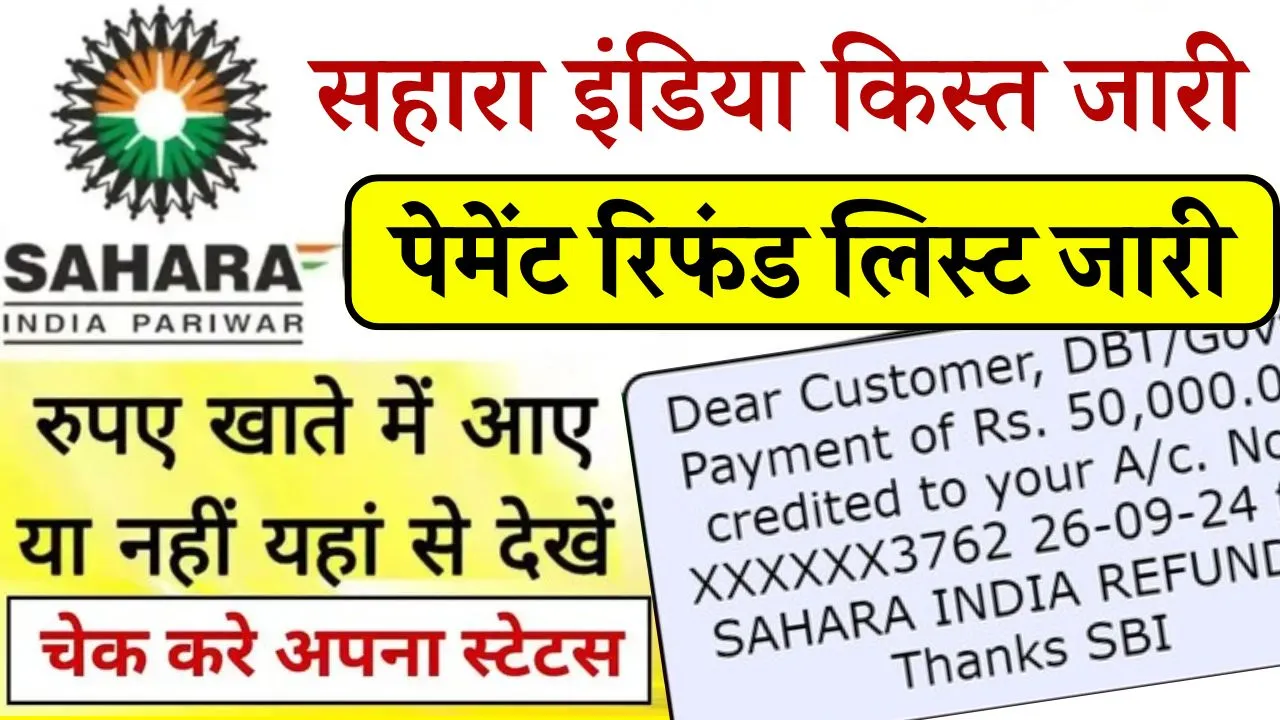$3375 Kia‑Hyundai Class Action Lawsuit 2025: A major legal settlement has offered relief to thousands of vehicle owners across the United States. The $3,375 Kia‑Hyundai Class Action Lawsuit 2025 addresses serious safety concerns tied to missing engine immobilizers in certain Kia and Hyundai vehicles. Many drivers faced theft, high insurance costs, and vehicle damage—all because a basic security feature was left out. Now, thanks to a $145 million settlement, affected individuals can receive financial compensation to cover their losses.
This article breaks down everything you need to know about the lawsuit: who is eligible, how much you could receive, how to claim your share, and when you might expect the payment. If you or someone you know has experienced vehicle theft or damage involving these vehicles, the details below are crucial.
$3,375 Kia‑Hyundai Class Action Lawsuit 2025
The $3,375 Kia‑Hyundai Class Action Lawsuit 2025 was filed after a wave of thefts linked to missing anti-theft devices in specific Kia and Hyundai models. The vehicles were manufactured without engine immobilizers, which are a standard feature in modern cars. This defect made it easier for thieves to bypass the ignition system using simple tools, putting vehicle owners at serious risk.
As the issue gained public attention, thousands of affected owners joined the class action. The resulting settlement now allows them to recover money for vehicle thefts, repair costs, towing expenses, and more. It represents a step forward in consumer protection and a reminder of the responsibility automakers carry.
Overview Table: $3,375 Kia‑Hyundai Class Action Lawsuit 2025 – At a Glance
| Detail | Information |
| Settlement Name | $3,375 Kia‑Hyundai Class Action Lawsuit 2025 |
| Total Settlement Fund | $145 million |
| Eligible Vehicle Models | Forte, K5, Optima, Rio, Sedona, Seltos, Soul, Sorento |
| Model Years Covered | 2011 to 2022 (up to 2025 in some cases) |
| Individual Payout | Up to $3,375 (varies by claim type) |
| Claim Deadline | April 28, 2025 |
| Claim Submission Website | kiatheftsettlement.com or hyundaitheftsettlement.com |
The Root of the $3,375 Kia-Hyundai Settlement
The controversy began when it became widely known that many Kia and Hyundai cars were being sold without engine immobilizers. This simple but essential device prevents a vehicle from being started without the correct key signal. Without it, vehicles became easy targets for theft.
Thieves quickly exploited this vulnerability, and videos showing how to steal these cars using just a USB cable went viral online. As thefts increased across the country, many insurance companies raised premiums or refused coverage altogether for these vehicles. Owners faced expensive repairs, reduced resale value, and the stress of ongoing risk.
Eventually, consumers came together to file a lawsuit. They accused the manufacturers of negligence and of misleading marketing practices by promoting their vehicles as safe. In response, the automakers agreed to settle for $145 million, though they denied any wrongdoing.
Eligibility for Kia‑Hyundai Class Action Settlement 2025
Not all Kia and Hyundai owners will qualify for compensation. The settlement sets specific eligibility criteria:
- Vehicle Model and Year: You must own or lease a covered Kia or Hyundai model made between 2011 and 2022. In some regions, models up to 2025 may qualify.
- Theft or Attempted Theft: Your vehicle must have been stolen or damaged in a theft attempt due to the missing immobilizer.
- Proof and Documentation: You need to provide evidence, such as a police report, insurance claim, repair invoice, or proof of vehicle ownership.
- Timely Filing: The claim form and all supporting documents had to be submitted by April 28, 2025.
Only those who meet all of these requirements can receive compensation under the settlement terms.
$145 Million Settlement Individual Payout
If you qualify, the amount you receive depends on the nature of your claim. The settlement payout is divided into several categories:
- Full Vehicle Theft (Unrecovered)
You may receive up to 60% of the fair market value of your car at the time it was stolen. - Attempted Theft Resulting in Damage
If your car was damaged but not stolen, you can claim either $3,375 or 33% of the repair cost—whichever is higher. - Towing and Transport Costs
You can be reimbursed up to $250 for towing, storage, or alternate transportation expenses due to theft-related issues. - Lost Wages or Child Care Costs
If you lost income or had to arrange childcare due to time spent dealing with the theft or repairs, you can claim those expenses as well.
Each claim is evaluated based on the documents provided, and multiple claims may be accepted if supported by strong evidence.
$3,375 Hyundai Settlement Application Process
Although the official deadline to file a claim was April 28, 2025, you should still be aware of the process in case of appeals or late acceptance:
- Visit the official website: Go to the designated Kia or Hyundai settlement page.
- Download the correct claim form: Select the version based on your vehicle model and location.
- Collect your documents: Prepare everything you need—title or lease papers, police reports, insurance paperwork, repair invoices, and receipts.
- Fill out the form carefully: Enter all details accurately to avoid delays.
- Submit your claim: You can do this online or by mail. Always keep a copy for your records.
If your claim has any missing or incorrect information, you may receive a notice and be given up to 45 days to correct it.
Kia‑Hyundai $3,375 Class Action Settlement Payment Date
The claim review process began after the deadline. While the court gave initial approval in mid-2024, several appeals delayed the final payout. Once those appeals are resolved, eligible claimants will start to receive their payments.
The payment method (check or direct deposit) will depend on what was selected when submitting the claim. Be sure to monitor the official settlement websites or your email for updates regarding payment status.
Final Thoughts
The $3,375 Kia‑Hyundai Class Action Lawsuit 2025 is a significant legal resolution for thousands of vehicle owners who were impacted by security flaws in their cars. The settlement not only compensates those who suffered losses but also sends a strong message to manufacturers about the importance of consumer safety.
If you filed your claim on time and provided the required documents, you are on track to receive payment once the legal process is complete. And if you’re unsure, it’s always a good idea to check your claim status online or reach out for assistance. This case shows the value of standing up for your rights—and the power of collective action in holding large companies accountable.
FAQs
1. Who is eligible for the $3,375 Kia‑Hyundai Class Action Lawsuit 2025 settlement?
You are eligible if you owned or leased a covered Kia or Hyundai vehicle (model years 2011–2022) that was stolen or damaged due to a missing engine immobilizer and submitted a valid claim by April 28, 2025.
2. What kind of compensation can I receive?
Eligible claimants may receive up to $3,375 for vehicle damage, up to 60% of market value for stolen vehicles, and additional reimbursement for towing, lost wages, childcare, or transportation costs.
3. How do I know if my claim was submitted successfully?
You can check your claim status on the official websites (kiatheftsettlement.com or hyundaitheftsettlement.com) using your claim ID or confirmation number received during submission.
4. When will I receive my settlement payment?
Payments will be issued after all legal appeals are resolved and the final court approval is confirmed. Updates will be posted on the official claim websites.
5. Can I still submit a claim if I missed the deadline?
The original deadline was April 28, 2025. While late claims are generally not accepted, the court may allow exceptions in rare cases. It’s best to check with the settlement administrator for current guidance.
















